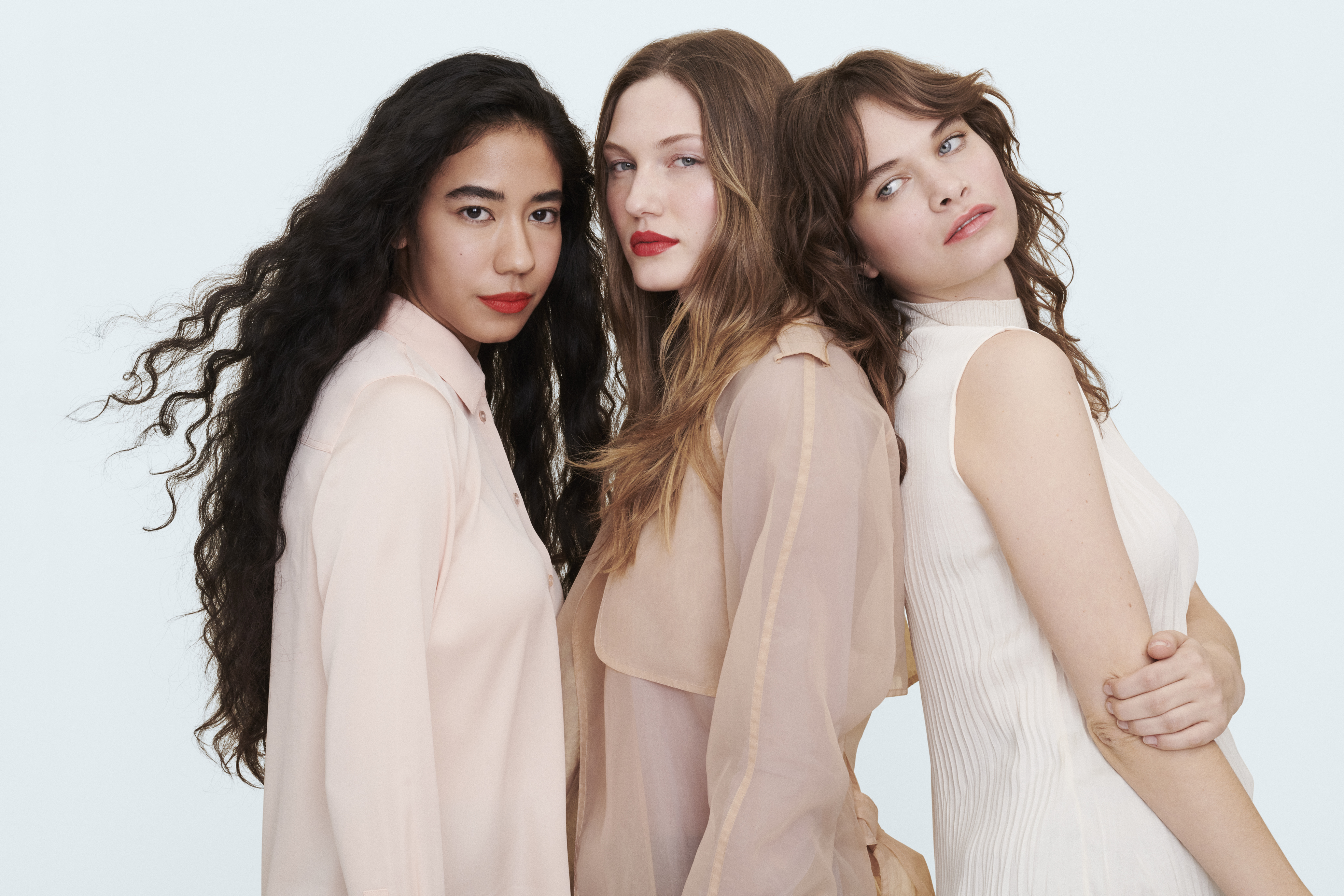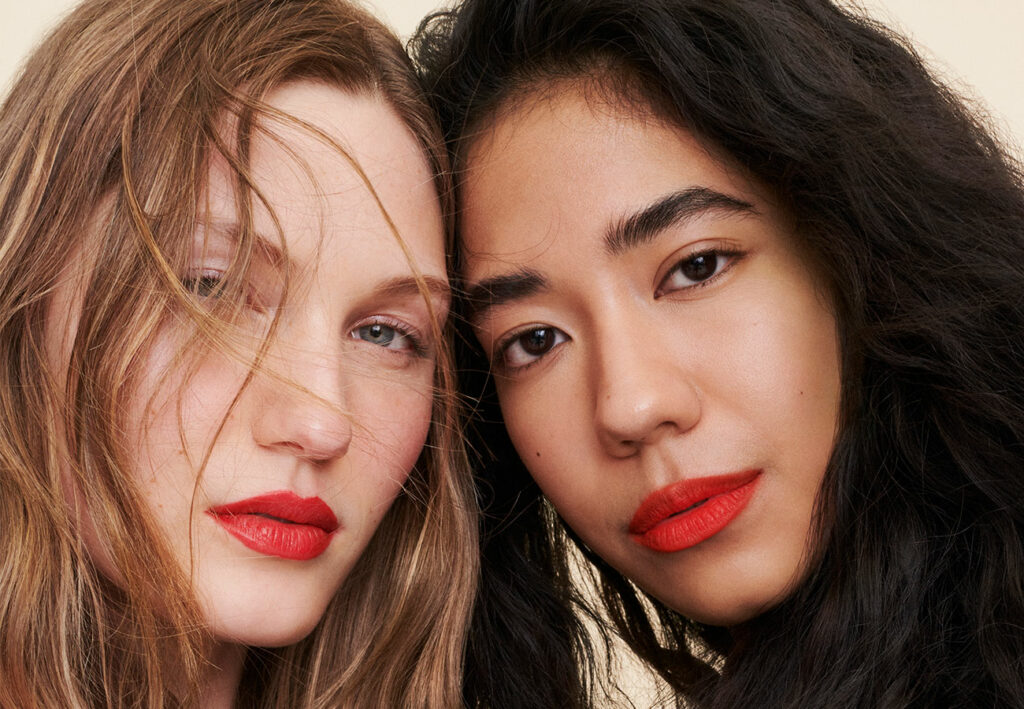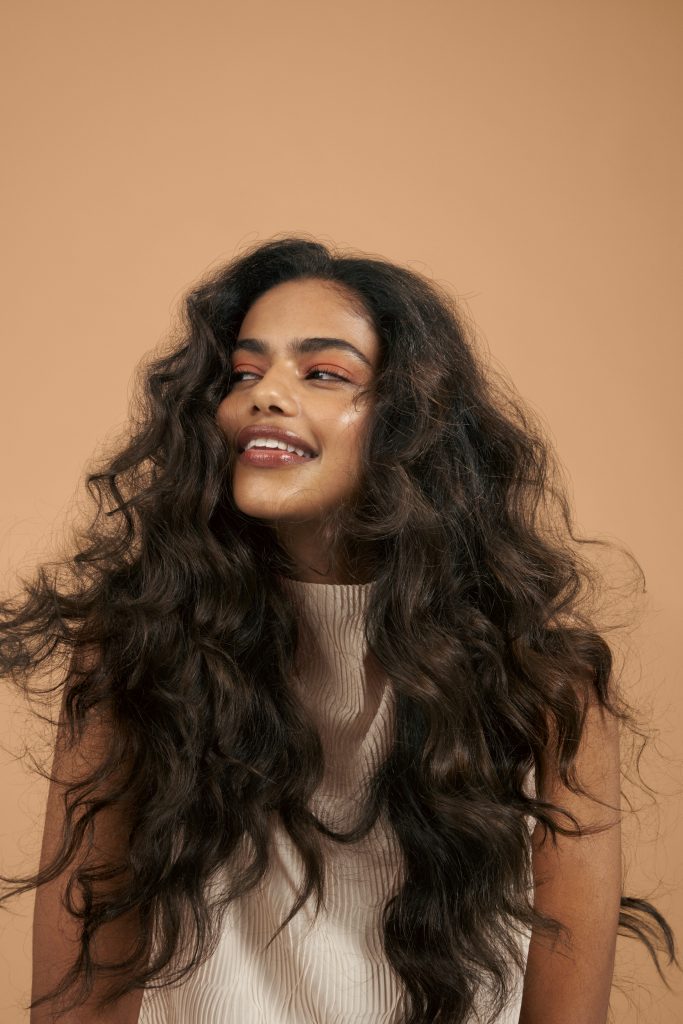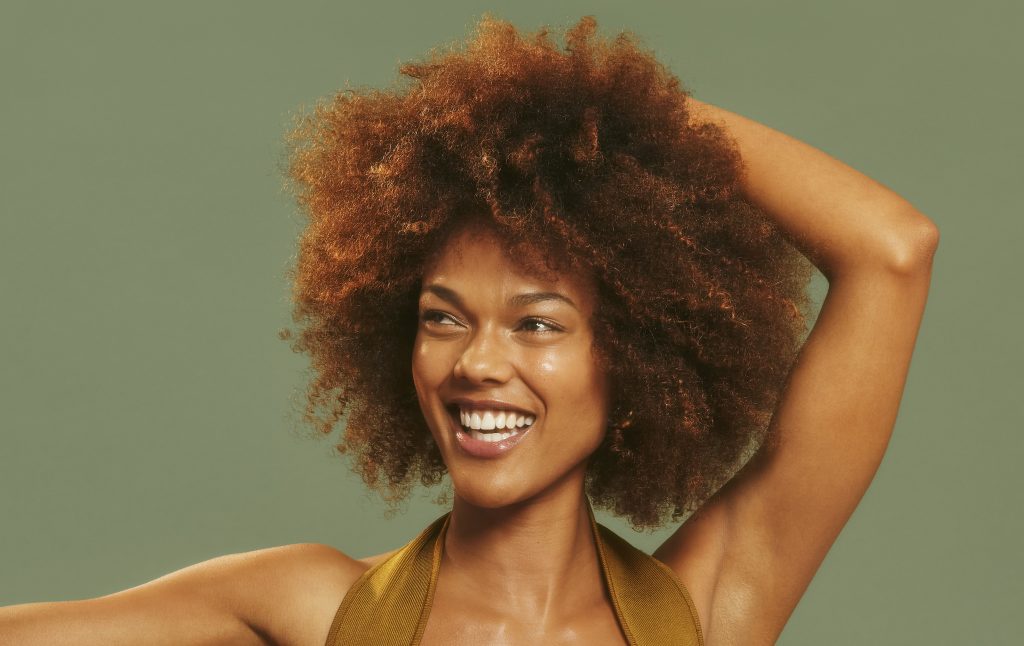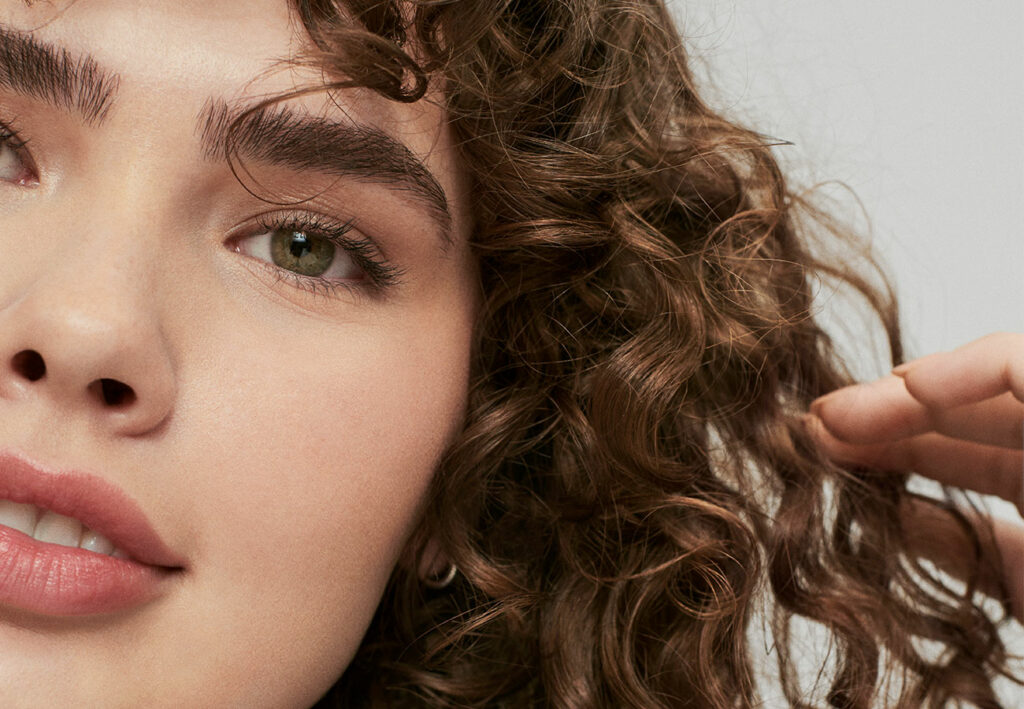Unpacking hair types
The idea of “hair types” was first coined by renowned celebrity hairstylist Andre Walker in the 1990s as a way to classify different hair textures. Andre Walker is best known for being Oprah’s go-to hairstylist for years. But Walker left his true mark on the hair industry by inventing the Hair Typing System.
The hair typing system categorizes hair into four types: straight (1), wavy (2), curly (3), and coily (4). However, not all hair fits distinctly into one of these four categories. To address unique variations, subcategories were invented. After all, we’re all unique down to each individual hair on our head. The subcategories are classified as A, B, and C types. These subcategories address the texture of your hair and are different for each hair type.
Even with this expanded categorization, it is impossible to perfectly describe our unique human characteristics within any uniform categories. You could have type 2 waves at the front of your hair and type 3 bouncy curls in the back, and that would be totally normal and absolutely gorgeous. At the end of the day, the hair typing system is just a way to help you understand your hair’s needs better and, in turn, purchase the best products for you.
Hair types and their needs
Type 1: Straight
Type 1A: thick or fine straight hair
Type 1B: medium-texture straight hair
Type 1C: thick or coarse straight hair that holds volume
If you have no curl or wave from root to tip, you have Type 1 hair. Straight hair tends to lay flat. So, when looking for products, it is best to reach for something that volumizes. Type 1 hair tends to get a bit oily near the roots, so it is advised that you shampoo more than twice a week and avoid your roots when applying products that add extra oils into your hair.
Dry shampoo is a great choice because it will enhance your hair’s texture and freshen up your oily roots. Texture sprays will also give your hair a boost on flat days. When looking for moisture, it’s best to avoid thick creams that can weigh your hair down. Instead, try a leave-in conditioner to give your hair some hydration without the added weight.
Type 2: Wavy
Type 2A: Wavy fine hair
Type 2B: Defined wavy hair that starts midway down your strands
Type 2C: more defined wavy hair that starts at the roots
For type 2 hair, it is best to avoid over-shampooing. This can cause your hair to dry out and become frizzy, so limit yourself to about two shampoos a week. Also, avoid other drying products such as salt sprays, sprays with a high alcohol content, and other silicone-based styling products. Contrarily, you also want to avoid over-moisturizing and flattening out your beautiful waves! So don’t weigh your hair down with a heavy leave-in conditioner or thick curl cream.
If you have wavy fine hair that starts out straight and then starts to wave around eye level, you have type 2A hair. This hair type can have a beautiful, wavy, tousled texture when enhanced with the right products—think beachy waves. Similar to type 2A, type 2B hair starts to wave around eye level, but the curl is much more defined.
With both of these hair types, the hair starts out straight, so it’s important to use lightweight products that will lift and enhance your beautiful texture. Try boosting your volume at the roots with a texturizing spray or volumizing mousse. To define your waves or curls, try using a light hair oil or a lightweight leave in conditioner.
Unlike other type 2 hair, type 2C hair starts to wave at the root then waterfalls down from the crown of your head. Generally, the styling tips are the same as other type 2 hair types. Stay away from heavy moisturizing creams and opt for lightweight products that will keep your hair light but moisturized.
Type 3: Curly
Type 3A: Loose curls (about the width of a candlestick)
Type 3B: springy defined curls (about the width of a Sharpie)
Type 3C: corkscrew curls (about the width of a drinking straw)
For all type 3 hair, moisture will be your best friend. Only shampoo your hair once or twice a week to keep your hair happy and hydrated. Avoid salt sprays and products with alcohol, silicone, or sulfates. These will all dry out your hair over time, leading to frizz and breakage. Your gorgeous curls will benefit most from products that pack a lot of moisture and keep your hair from frizzing out. Look for curl cream, creamy leave-in conditioners, serums, hair oil, and deep conditioning treatments.
With all type 3 hair, it’s recommended that you avoid brushing your hair between washes, as this will just cause frizz. Try combing out your hair with your fingertips. While wet, apply a leave in conditioner, then allow your hair to air dry.
Type 4: Coily
Type 4A: tight coils
Type 4B: soft coils that might include some tighter coils
Type 4C: tighter zig-zag coils
With type 4 hair, caring for your magnificent head of tight curls is similar to type 3 hair—pack on the moisture. Type 4 hair can be quite fragile, so treat it with care. Generously apply moisturizing products such as leave in conditioners, hair oil, and even butters. Only wash your hair once a week to prevent your beautiful delicate locks from drying out. You may even want to try co-washing (conditioner only washing) every now and then to further moisturize your hair and define your curls.
For type 4A and 4B hair, taking great moisturizing care will help you to define your abundant curls. Try working curling cream from root to tip through each curl, wrapping the curl around your pointer finger as you go to further enhance your curls definition.
With type 4C hair, be wary of combing out too often or too roughly, as this can lead to breakage. Try an ultra-rich conditioner and lots of care when styling. In terms of hair health, wash and go styles will keep type 4C hair at its very best.
And that’s a wrap
Whether your hair is straight, wavy, curly, or coily, it is beautifully, uniquely you. Seriously, your hair type is determined by your DNA. Whatever your hair type (or combination of hair types) may be, the hair typing system is simply a rough guide to help you discover the best products to nourish your one-of-a-kind locks.
However, since we are all so unique, it can be difficult to squeeze your hair type into any one category. That’s why, here at Prose, we create hair care designed specifically for you. So, if you’re somewhere in between categories or just overwhelmed with information, we got you covered. Simply take our free online consultation, and we will design a hair care regimen just for you.

